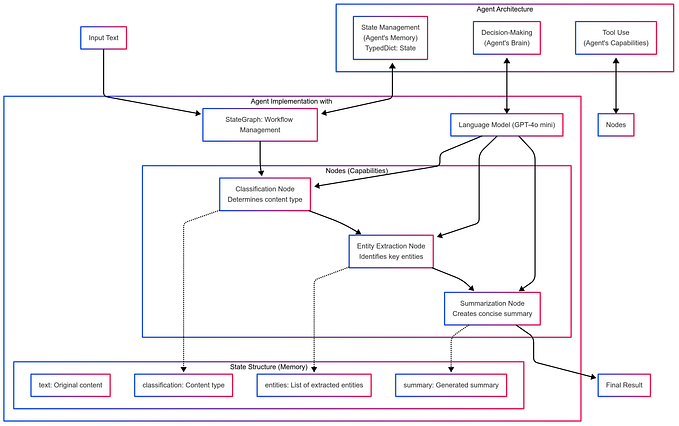Different types of fun


There are different types of fun. Type I fun is enjoyable in the moment, comes at a low cost, and typically has limited growth opportunities associated with it. Think of a casual hike in the mountains or enjoying aprés ski on a sunlit patio. This type of fun is low investment, low risk, and low reward.
Type II fun typically involves some amount of time that is decidedly not fun in the moment, but upon reflection, the experience in its entirety was far more enriching precisely because of the challenge and the hardship that was endured. Type II fun is the kind you have to work for, pushing outside of your comfort zone (physically, mentally, and emotionally) at risk of failure. This type of fun involves material investment and risk, and the rewards are proportional. Taken to the extreme, Type II fun eventually becomes Type III fun — where no amount of reflection or growth can offset the amount of suffering that was endured. (To close the analogy, these end up being painful investments and, hopefully, relegated to original mistakes.)
Working for a large or well-established organization may be viewed as Type I fun. With the exception of the most senior management, most employees have limited risk exposure, limited potential to influence the future direction of the organization, and limited upside potential. Almost by definition, large companies are incremental in their progress and are notoriously risk averse. The budget for innovation at these types of organizations is almost as small as their appetite for risk.
In contrast, working for a small company, especially a start-up, may be characterized by a desire to innovate, to solve difficult problems, and to make the world a better place. Employees are often given opportunities to have an impact on the success of the company in ways that exceed their experiential background — opportunities that may take decades to access in a large company.
Rising to those opportunities often requires acceptance of unknowns (including the potential for failure), taking ownership of outcomes (not just of tasks), and tolerance for a certain amount of discomfort. For those willing to make the investment, this Type II career fun can be an incredibly rewarding experience, regardless of the outcome of any particular success or failure.








